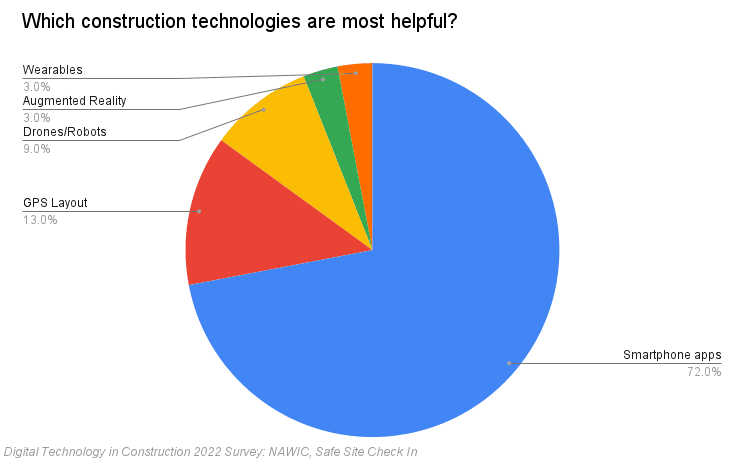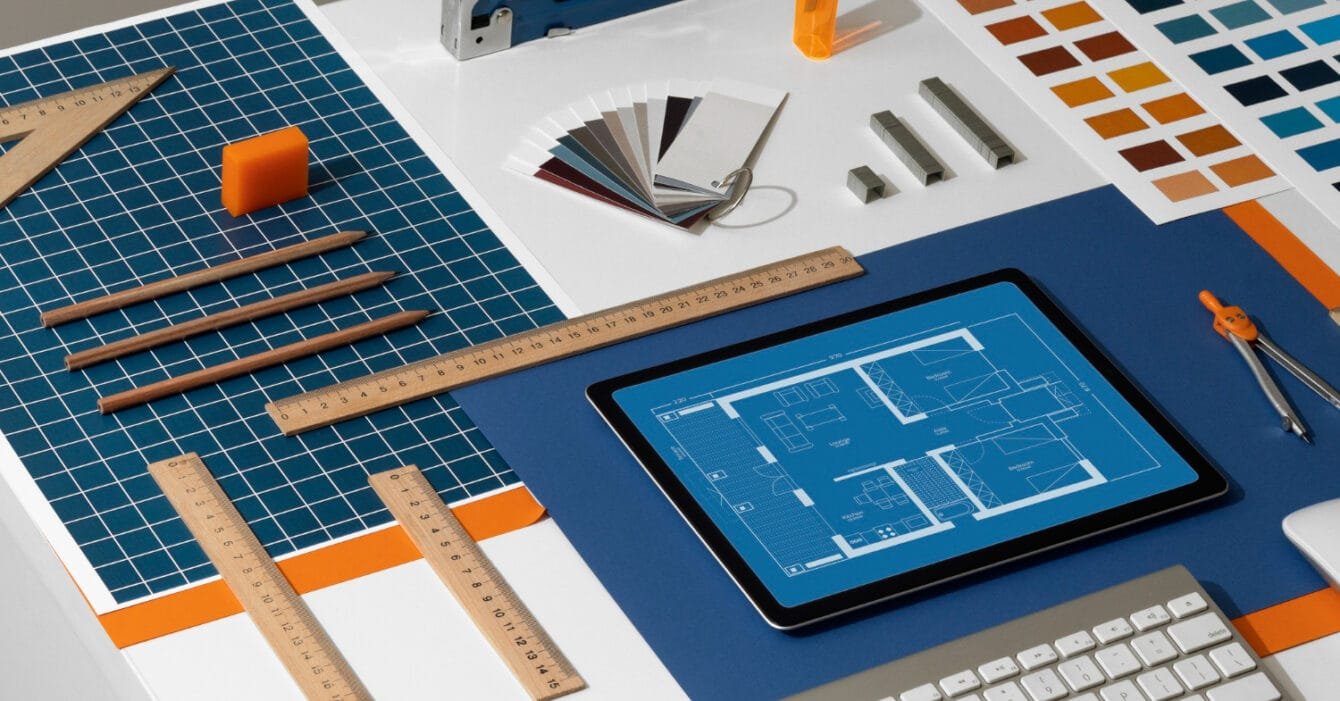Thailand’s construction industry is evolving rapidly. The adoption of Thailand Digital Construction Tools like Building Information Modeling (BIM), 3D printing, and Artificial Intelligence (AI) is revolutionizing project efficiency, accuracy, and sustainability. With government backing and industry investment, these technologies are reshaping the sector. Moreover, it also positioning Thailand as a leader in ASEAN’s digital construction transformation. Let’s dive deeper into this topic!
Driving Growth with Thailand Digital Construction Tools

Thailand’s construction industry is set to grow at a CAGR of 5.6% from 2022 to 2027, fueled by digital transformation and government initiatives like Thailand 4.0. The Thai government has already allocated ฿100 billion ($2.8 billion) to support digital infrastructure, including smart construction technologies.
This investment aligns with a 2021 survey by the Digital Economy Promotion Agency (DEPA), which found that 68% of Thai construction firms are investing in digital tools to improve efficiency and reduce costs. From smart project management software to AI-driven analytics, digital adoption is becoming the norm rather than the exception.
Read Also: Thailand Technology Integration and the Future of Construction
The Role of BIM in Thailand Digital Construction Tools
One of the most impactful digital tools in Thailand is Building Information Modeling (BIM). BIM adoption has increased by 40% since 2020, with over 50% of large-scale projects now utilizing it for design and planning.
A 2023 McKinsey & Company study found that BIM can cut project timelines by 20% and reduce costs by 10-15%. By allowing construction teams to create detailed 3D models before breaking ground, BIM minimizes errors, reduces rework, and improves collaboration among stakeholders.
3D Printing: A Game-Changer for Speed and Sustainability
3D printing is another breakthrough technology making waves in Thailand. The 3D printing construction market in Southeast Asia is projected to grow at a CAGR of 91.5% from 2021 to 2026, with Thailand leading the way.
A 2022 study by the Asian Institute of Technology (AIT) revealed that 3D-printed buildings in Thailand reduced material waste by 30% and construction time by 50% compared to traditional methods. By using sustainable materials like recycled concrete, 3D printing is helping the industry cut costs and lower its environmental impact.
Read Also: Thailand Sustainable Materials Adoption is Now Here
AI-Powered Construction: Smarter, Faster, More Accurate
AI is also transforming Thailand’s construction sector. According to Autodesk, 75% of Thai construction firms using AI tools have reported improved project accuracy and reduced rework. AI-powered analytics can predict potential project delays, optimize supply chains, and enhance worker safety.
Additionally, AI-driven drones and robots are being used for site inspections, real-time monitoring, and precision-based construction tasks, reducing human error and improving efficiency.
The Future of Thailand Digital Construction Tools
As Thailand continues to embrace smart construction, it is positioning itself as a regional leader in digital infrastructure. With BIM adoption rising, AI-driven accuracy improvements, and 3D printing cutting waste and construction time, the country’s construction sector is becoming faster, smarter, and greener.
Read Also: Solving Thailand Construction Financing Challenges and Woes
Public-private partnerships and continued government support will further accelerate this transformation. As Thailand Digital Construction Tools become more accessible, the nation’s construction industry is on track to set new standards in innovation, efficiency, and sustainability.

